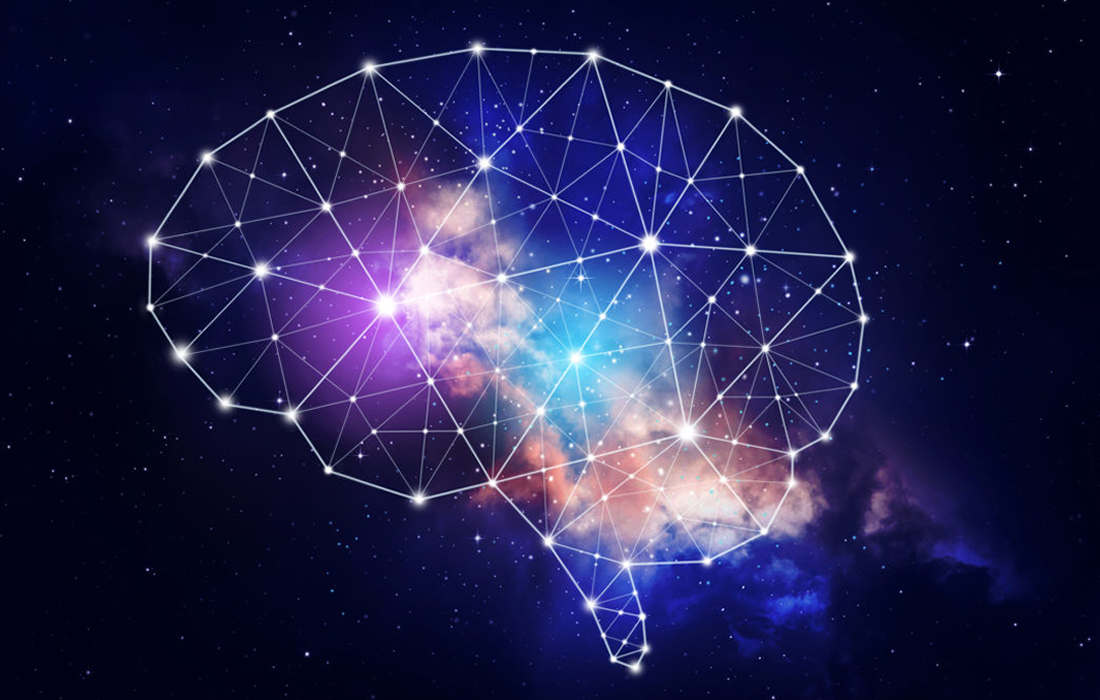Regenerative Medicine News and General Information
Why Dreaming Matters?
What are the Sleep Cycle Stages?
When we sleep our body cycles between REM and non-REM sleep. REM stands for rapid eye movement. During REM sleep our eyes move around rapidly in a range of directions, but don’t send any visual information to our brains. That doesn’t happen during non-REM sleep.
First comes non-REM sleep, followed by a shorter period of REM sleep, and then the cycle starts over again. Dreams typically happen during REM sleep.
What Happens During Non-REM Sleep?
It has 3 phases. Each stage can last from 5 to 15 minutes.
- Stage 1: your eyes are closed, but it’s easy to wake you up. It lasts for 5 to 10 minutes.
- Stage 2: you are in light sleep. Your heart rate slows and your body temperature drops. Your body is getting ready for deep sleep. This can last for 10-25 minutes.
- Stage 3: deep sleep stage. It’s harder to rouse you during this stage, and if someone woke you up, you would feel disoriented for a few minutes.
During the deep stages of Non-REM sleep, the body repairs and regrows tissues, builds bone and muscle and strengthens the immune system. As you get older, you sleep more lightly and get less deep sleep. Aging is also linked to shorter time spans of sleep, although studies show you still need as much sleep as when you were younger.
What is REM Sleep and What Happens During this Stage?
It usually happens 90 minutes after you fall asleep. The first period of REM typically last 10 minutes. Each of your later REM stages gets longer, and the final one may last up to 1 hour. Your heart rate and breathing quickens.
You can have intense dreams during REM sleep, since your brain is more active. REM is important because it stimulates the areas of the brain that help with learning and is associated with increased reduction of proteins.
New Study Showed the Importance of the Dreaming Stage
Sleep is generally viewed as a period of recovery, but how the supply of cerebral blood flow (CBF) changes across sleep/wake states has remained unclear.
Researchers have found that blood flow in the brain capillaries, which is important for oxygen/nutrient delivery and waste removal, is increased during the REM sleep in a mice study. A receptors named Adenosine A2a receptors might be at least partially responsible for this increased blood flow. The findings bring new hope for understanding the function of sleep and developing treatments for neurodegenerative diseases that involve the buildup of waste products in the brain, such as Alzheimer’s disease.
Scientists have long wondered why almost all animals sleep, despite the disadvantages to survival of being unconscious. Now, researchers led by a team from the University of Tsukuba have found new evidence of brain refreshing that takes place during a specific phase of sleep: rapid eye movement (REM) sleep, which is when you tend to dream a lot.
The team used a technique to directly visualize the movement of red blood cells in the brain capillaries of mice during awake and asleep states. They used a dye to make the brain blood vessels visible under fluorescent light to directly observe red blood cells in capillaries of the neocortex of mice.
The researchers said that there was a massive flow of red blood cells through the brain capillaries during REM sleep and no difference between non-REM and awake states, which showed that REM sleep is a unique state.
They also disrupted the mice’s sleep, resulting in rebound REM sleep, a stronger form of REM sleep to compensate for the earlier disruption. The blood flow in the brain was further increased during this rebound period, suggesting an association between blood flow and REM sleep strength.
The researchers repeated the same experiments in mice without adenosine A2a receptors (the receptors whose blockade makes you feel more awake after drinking coffee), there was less of an increase in blood flow during REM sleep, even during rebound REM sleep, which according to them suggest that adenosine A2a receptors may be responsible for at least some of the changes in blood flow in the brain during REM sleep.
Source:
Chia-Jung Tsai, et al. Cerebral capillary blood flow upsurge during REM sleep is mediated by A2a receptors. Aug 17, 2021. Cell reports. Vol 36, Issue 7, 109558. https://doi.org/10.1016/j.celrep.2021.109558
University of Tsukuba. “Brain refreshing: Why the dreaming phase matters.” ScienceDaily. ScienceDaily, 25 August 2021.
<www.sciencedaily.com/releases/2021/08/210825113638.htm>.
Image from: https://www.wolfcorp.com/rem-sleep/

